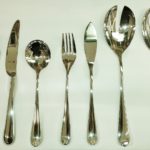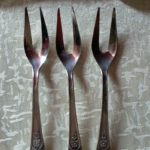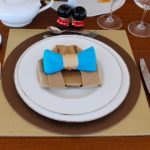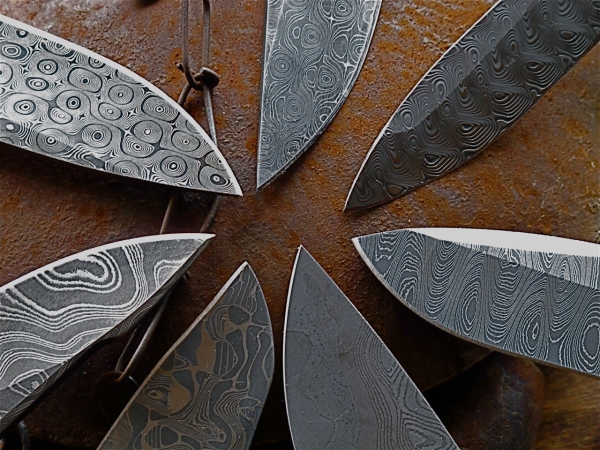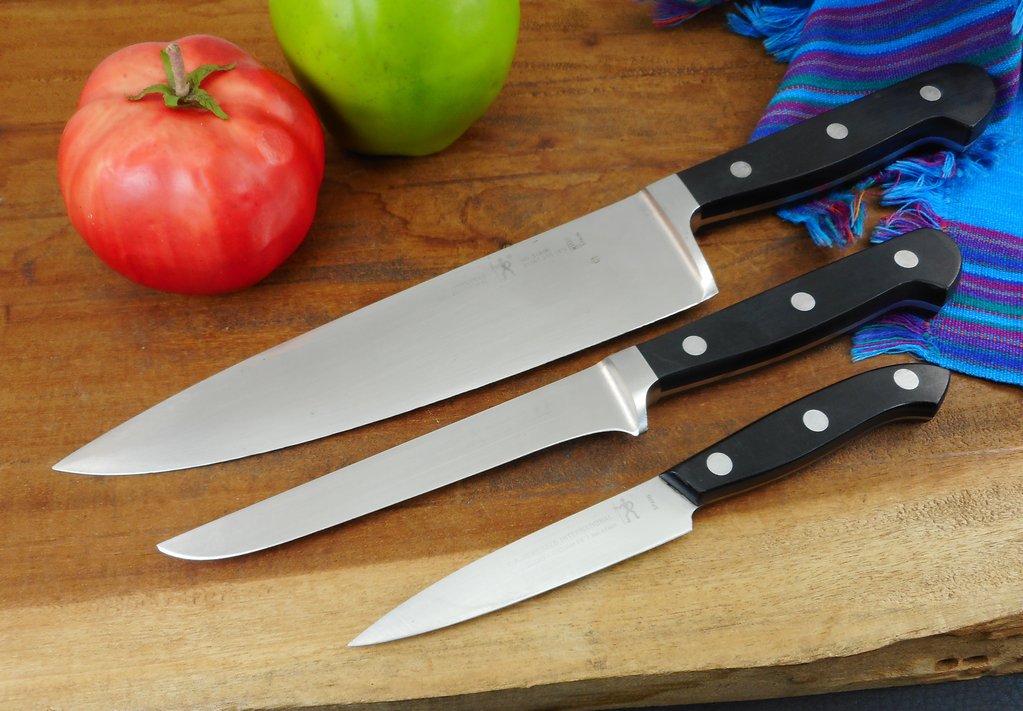Types of forks and their purpose
It is impossible to imagine dinner without forks today. These cutlery came into human life back in the 15th century and have since become indispensable assistants in the kitchen. There are different types of forks, and sometimes it is quite difficult to figure out which one is needed and what it is needed for.
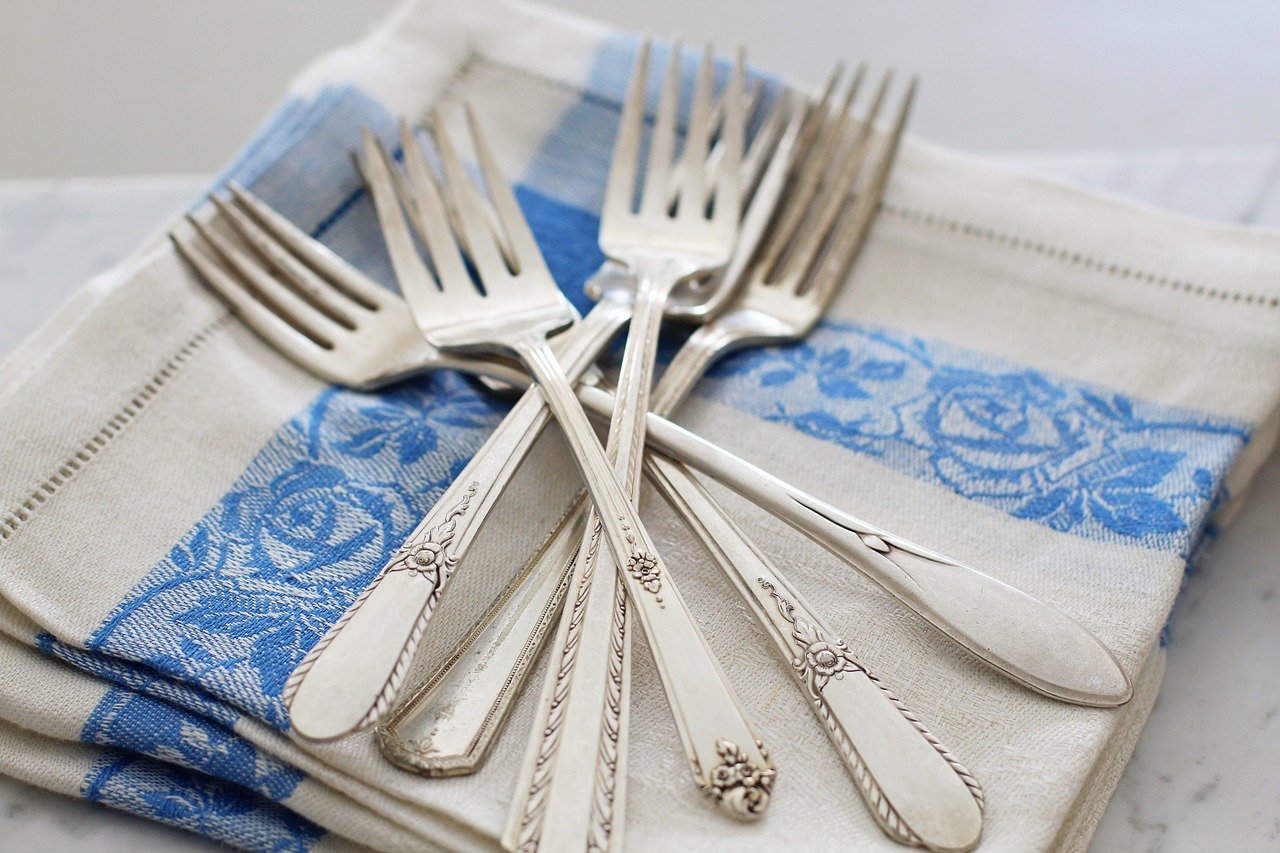
The content of the article
Basic forks
When setting the table, any housewife lays out a certain set of tools for each dinner participant. These utensils (spoon, knife and fork) are considered basic.
However, the main fork is not always a standard four-prong tool. Depending on the purpose it can be:
- Dining room. The most common. Needed for second hot courses. It is placed to the left of the plate, with the teeth always facing upward.
- Rybnaya. It is located slightly to the left of the dining room. The shape depends on what kind of fish the tool is intended for. Thus, there are devices with recesses in the middle for separating bones, and there are devices with rounded edges. There may be three or four prongs, and they are shorter than those of the table.
- Diner. Its name speaks for itself. Used for cold and hot snacks (omelet, cold cuts, pancakes, etc.). It is a little shorter than the dining room. It is located to the left of the fish fork.
- Salad. Outwardly it resembles a spoon. It has a wide base and short, blunt teeth. Always served with a knife and intended not only for salads, but also for vegetables cut into large pieces.
- Dessert. Small in size instrument.Often this device has an unusual design, which only emphasizes its purpose. Place on top of the plate, teeth to the right. The dessert fork only has three tines.
- Fruity. This is a type of dessert fork. A small device with two prongs. Ideal for fruit slices.
If a full lunch with hot food and dessert is planned, then the entire set of basic tools is laid out for each participant. In the same case, when a meal with one or two dishes is planned (for example, breakfast of porridge and sweets), then you need to lay out the utensils intended for them.
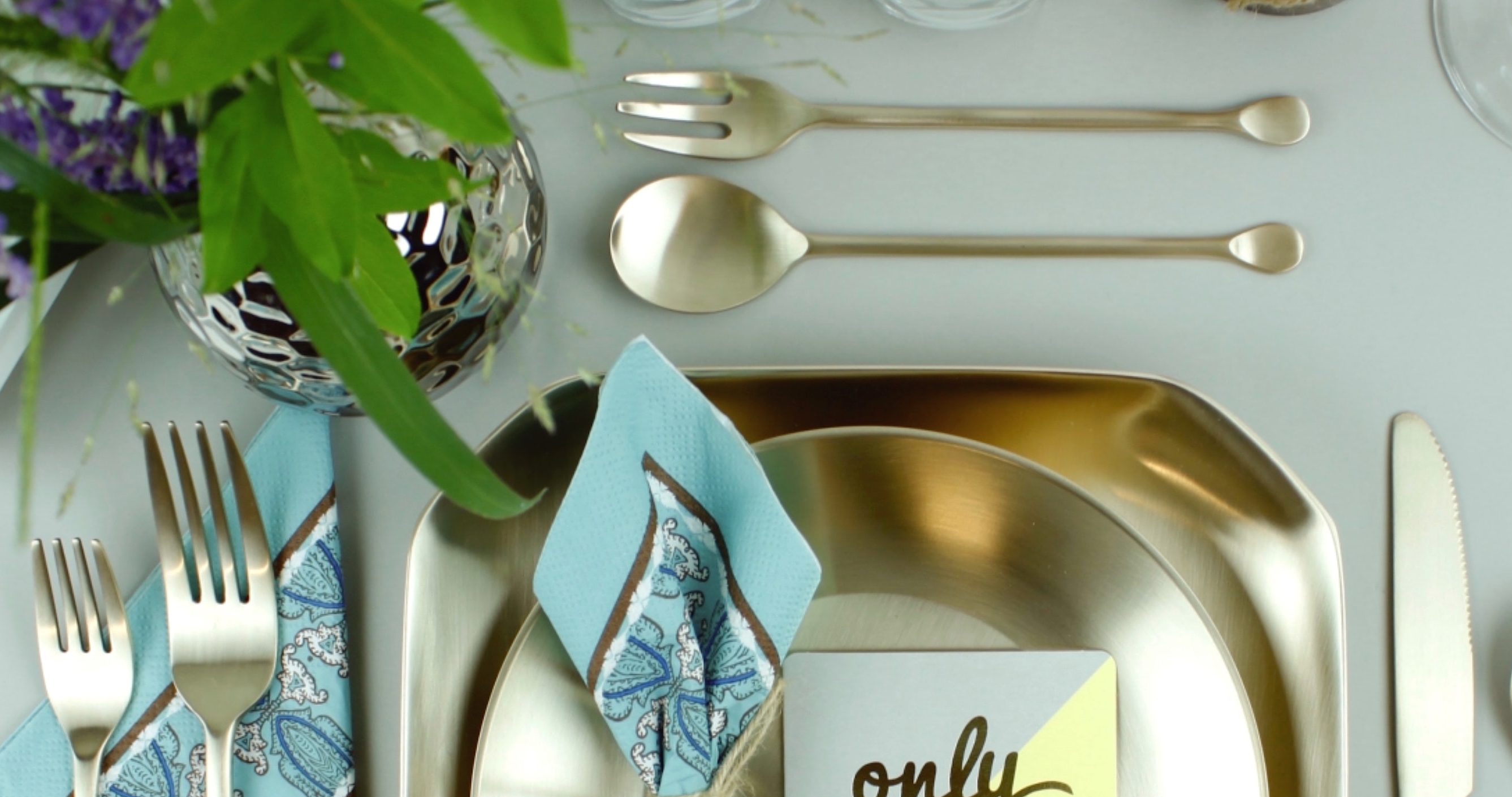
Auxiliary forks
These tools are not needed every day. Moreover, not all of them are individual. Often, such devices are used to put food from a common dish into a portioned plate.
There are many auxiliary forks. The most famous types are:
- Cutting room two-pronged fork. More than a normal dining room. Works in tandem with a carving knife. This tool is needed to cut one large piece of meat into portions.
- Fork for lemon with two sharp teeth, which are convenient for picking up portioned pieces of lemon and transferring them to a cup or plate.
- Spratnaya. A tool with four or five teeth, which are connected at the ends by a bridge. The base of the device is wide, slightly reminiscent of a spatula.
- Long fork with two prongs for crabs, crayfish, shrimp. With this tool it is convenient to pick up “sea reptiles” and extract the pulp. However, it is difficult to use it the first time.
- For herring. It has two teeth - sharp and neat. It is needed to transfer portioned pieces of fish from a common plate and separate the flesh from the bones (if it is not a fillet).
- Device for seafood cocktails, mussels, oysters with three prongs, one of which is especially powerful. Thanks to this structure, the tool is convenient for extracting pulp from the shells.
- Double prong fork with sharp blade for lobster. The rod is needed to remove the pulp from the shell. Using it for the first time is just as problematic.
- Kokilnaya. It looks very standard, but instead of the usual four it has three teeth. Needed when serving hot fish dishes.
Knowing what types of cutlery there are and what food they are needed for is useful. The rules of etiquette are universal; they can come in handy in very unexpected situations. It’s better to learn once and for all the purpose of cutlery and add a “fat plus” to your personal collection of useful skills.

